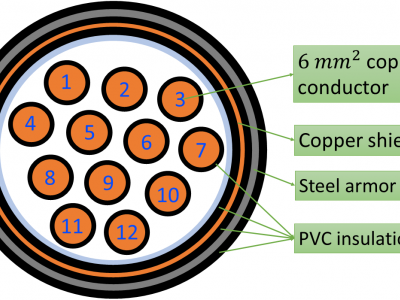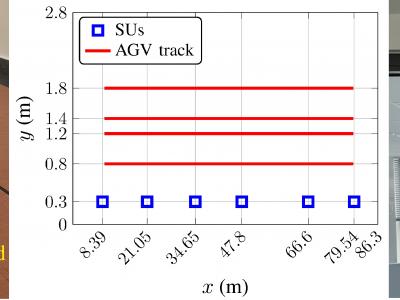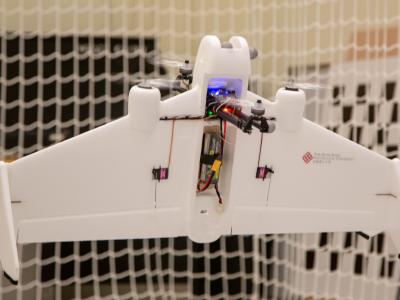*.csv *.mat
The proposed GAT-based channel estimation method examines the performance of the DtS IoT networks for different RIS configurations to solve the challenging channel estimation problem. It is shown that the proposed GAT both demonstrates a higher performance with increased robustness under changing conditions and has lower computational complexity compared to conventional deep learning methods.
- Categories:
 732 Views
732 ViewsSurface EMG (sEMG) signals collected during activities of daily life (ADL) provide better insights toward understanding neuromuscular disorders, persons with limb disabilities, aging adults and neuromotor deficits. Hand movement and control mechanism analysis may improve the design of prosthetic devices, realistic biomechanical hands, and rehabilitation therapy. We present a sEMG signal database corresponding to the Indian population.
- Categories:
 1821 Views
1821 Views
The popularity of wearable physiological recording devices has opened up new possibilities for the assessment of personality traits in everyday life. Compared with traditional questionnaires or laboratory assessments, wearable device-based measurements can collect rich data about individual physiological activities in real-life situations without interfering with normal life, enabling a more comprehensive description of individual differences. The present study aimed to explore the assessment of individuals’ Big-Five personality traits by physiological signals in daily life situations.
- Categories:
 Views
Views
The popularity of wearable physiological recording devices has opened up new possibilities for the assessment of personality traits in everyday life. Compared with traditional questionnaires or laboratory assessments, wearable device-based measurements can collect rich data about individual physiological activities in real-life situations without interfering with normal life, enabling a more comprehensive description of individual differences. The present study aimed to explore the assessment of individuals’ Big-Five personality traits by physiological signals in daily life situations.
- Categories:
 782 Views
782 ViewsFive users aged 23, 25, 31, 42, and 46 participated in the experiment. The users sat comfortably in a chair. A green LED of 1 cm diameter was placed at a distance of about 1 meter from a person's eyes. EEG signals were recorded using g.USBAmp with 16 active electrodes. The users were stimulated with flickering LED lights with frequencies: 5 Hz, 6 Hz, 7 Hz, and 8 Hz. The stimulation lasted 30 seconds. The recorded signals were divided into the data used for training, the first 20 seconds, and the data used for testing, the next 10 seconds, for each signal.
- Categories:
 688 Views
688 ViewsComplete input impedance measurement of the Nexans 12G6 power cable, a shielded cable with 12 conductors of cross-section $\mathbf{6 \, mm^2}$. The impedance measurement is performed with the Keysight E4990A impedance analyzer and a custom-made measurment adapter described in the associted paper.
- Categories:
 22 Views
22 Views
Dataset for Radar^2
- Categories:
 650 Views
650 ViewsAccurately obtaining the position of active transmitters within an indoor wireless network has promising applications in future wireless networks. However, due to the complex propagation phenomena experienced by signals indoors, classical model-based localization techniques present poor accuracy, and machine learning (ML) based positioning has a promising potential to deliver high accuracy localization services indoors.
- Categories:
 212 Views
212 Views
The picture shows the operation result of image security retrieval. The experiment was validated on five common data sets.
- Categories:
 145 Views
145 Views




